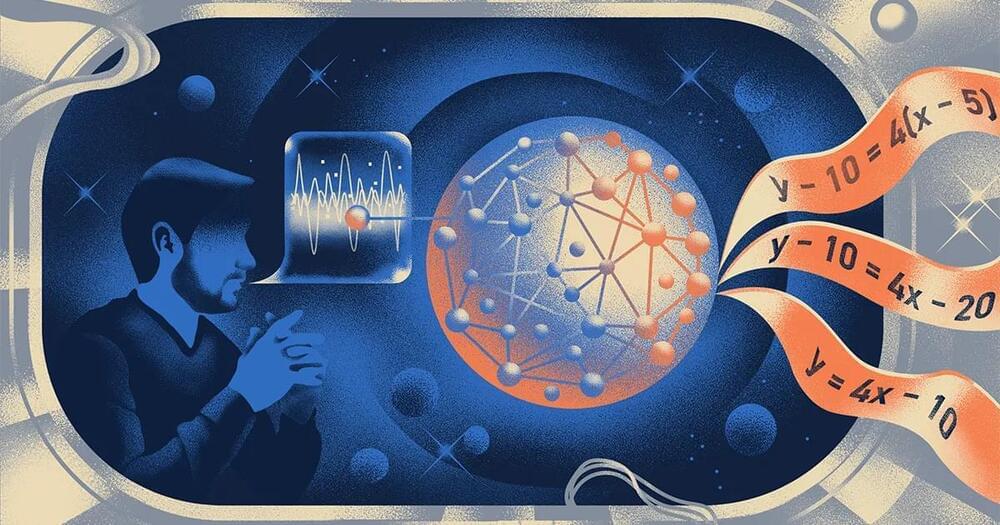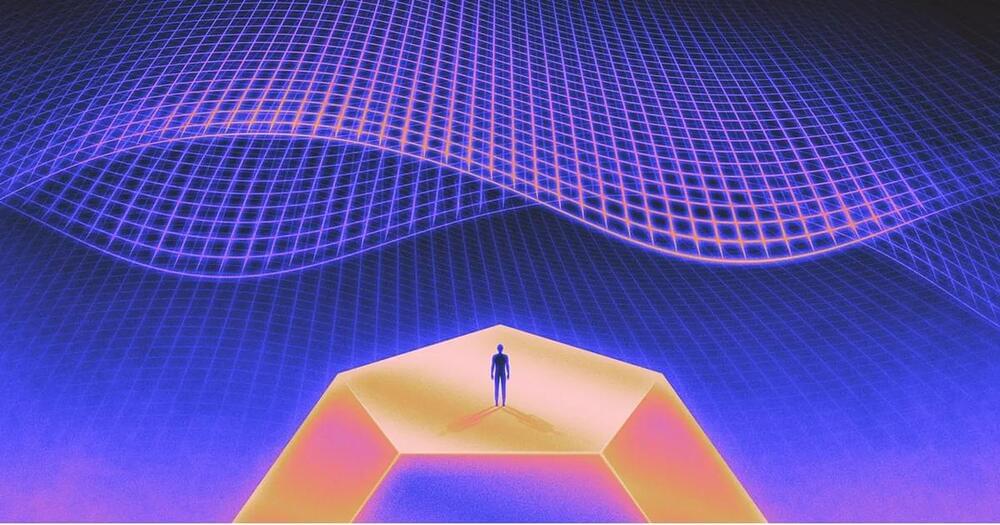https://youtube.com/watch?v=4LevUzfdBtw&feature=share
In this video, I’ll discuss some of the most advanced humanoid robots currently in development and reveal if the future really is bright for Robotics.
► All-New Echo Dot (5th Generation) | Smart Speaker with Clock and Alexa | Cloud Blue: https://amzn.to/3ISUX1u.
► Brilliant: Interactive Science And Math Learning: https://bit.ly/JasperAITechUniNet.
I explain the following ideas on this channel:
* Technology trends, both current and anticipated.
* Popular business technology.
* The Impact of Artificial Intelligence.
* Innovation In Space and New Scientific Discoveries.
* Entrepreneurial and Business Innovation.
Subscribe link.
https://www.youtube.com/channel/UCpaciBakZZlS3mbn9bHqTEw.
Disclaimer:
Some of the links contained in this description are affiliate links.
As an Amazon Associate, I get commissions on orders that qualify.
Other related terms are artificial intelligence, the future of ai, ai, timelapse of ai, timelapse of artificial intelligence, AI timelapse, artificial intelligence timeline, AI timeline, future technology, future tech, the future of robotics, superintelligence, super intelligent ai, super intelligent artificial intelligence, artificial general intelligence, general intelligence, artificial superintelligence, agi, asi.




